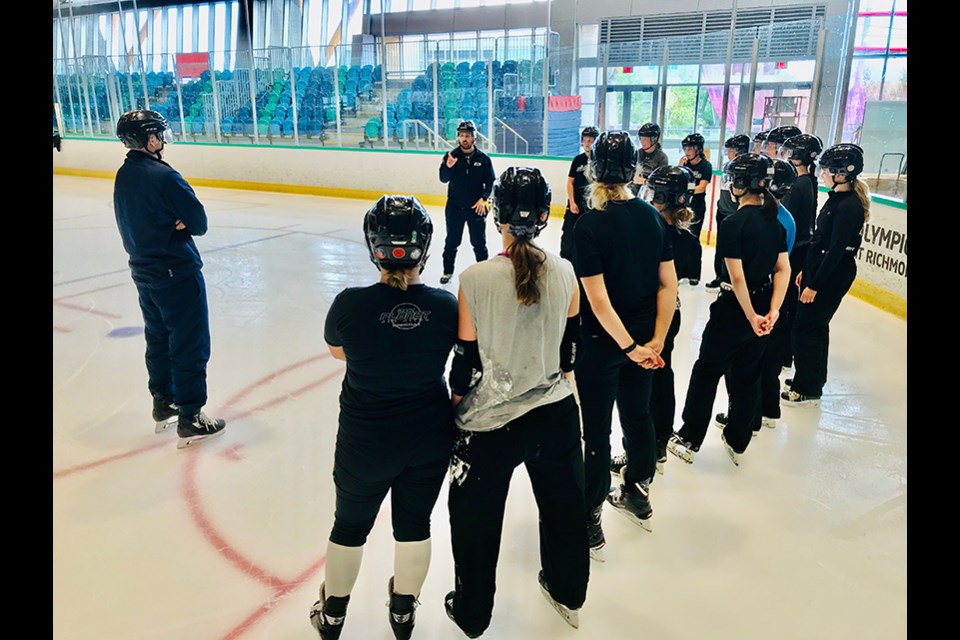As the North Shore News reported on Wednesday, Feb. 17, Harry Jerome Community Recreation Centre will close at the end of 2021, despite the new rec centre not opening until 2025.
While City of North Vancouver Mayor Linda Buchanan offered an explanation of financial “risk mitigation,” that should not be used as a shield to avoid confronting the other issues that should be taken into account. Ultimately, this decision highlights serious equity and public health issues that will continue to affect Canadians in the coming years.
There is no question that sport is beneficial to the physical, mental, and social well-being of the individual. Even for those who prefer individual forms of exercise and recreation, research shows that a group environment is extremely valuable. Virtually all forms of recreation rely on public infrastructure to some degree, and the provincial health officer’s focus on youth sport during the COVID-19 pandemic illustrates how sport is a public health issue and one that is taken seriously in British Columbia.
Given this reality, governments should be concerned that sport participation has been consistently declining since the 1990s. Although the most recent data from Statistics Canada indicates that just over half of Canadians participate in some form of weekly recreational activity, those numbers also appear to be declining. Moreover, most Canadians are not meeting the daily or weekly physical activity guidelines.
These trends are cause for concern because the data suggest they will become progressively worse over time. Children are 122% more likely to participate in sport if one parent participates in sport and 241% more likely to participate if both parents are involved in sport. Therefore, it stands to reason that as adults reduce their participation in sport and recreation, their children will follow suit and the nationwide decline in physical activity will escalate.
Issues of participation in recreation and sport are magnified by access and equity concerns, particularly for marginalized groups. All statistics referenced in this piece apply disproportionally to girls and women. There are a plethora of social and economic factors that contribute to this but the outcome is clear: as overall participation rates in sport and recreation decline, the loss is greater for women and girls.
The second magnifier is that sport participation drops sharply as household income falls. Because children who grow up in lower-income families have fewer opportunities to play sports, it is even less likely that, as they become adults, their own children will be involved in sport. When combined with the rising cost of youth sport across the board, low-income families are being gradually pushed out of organized sport.
If this trend continues, there will be long-term, possibly irreparable, damage to community sport organizations. They rely on municipal infrastructure and facilities to keep costs down but costs are rising and, in some sports, they are spiralling out of control. There are a finite number of facilities for community organizations to access, especially in smaller municipalities. While municipalities claim financial hardship due to the pandemic, now more than ever, they should be making it easier for people to participate in recreation, not more difficult.
The outlook is not positive. A consequence of the premature closure of the existing rec centre is that private sport clubs will continue to gain traction. Families who can afford it will be pushed in that direction and this will create a two-tiered system. Community associations will lose the economic, political, and social capital of higher income families. Over time, weakened community organizations will be unable to serve their members and people will leave sport altogether. This loss of organized sport and recreation will disproportionately affect the physical, mental, and social well-being of women, girls, and households in lower income brackets.
Ultimately, the premature closure of the existing rec centre is not a mere inconvenience – it flies in the face of Mayor Buchanan’s vision to create the “healthiest small city in the world.” Canadians should be alarmed because this is part of a broader trend that will affect us all. The City of North Vancouver, like all municipal governments, has a mandate to facilitate recreation for all residents and this decision is a step in the wrong direction for the health and well-being of the city.
Dan Hanoomansingh is a high school teacher, referee, coach, and master’s student in the School of Kinesiology at the University of British Columbia.



